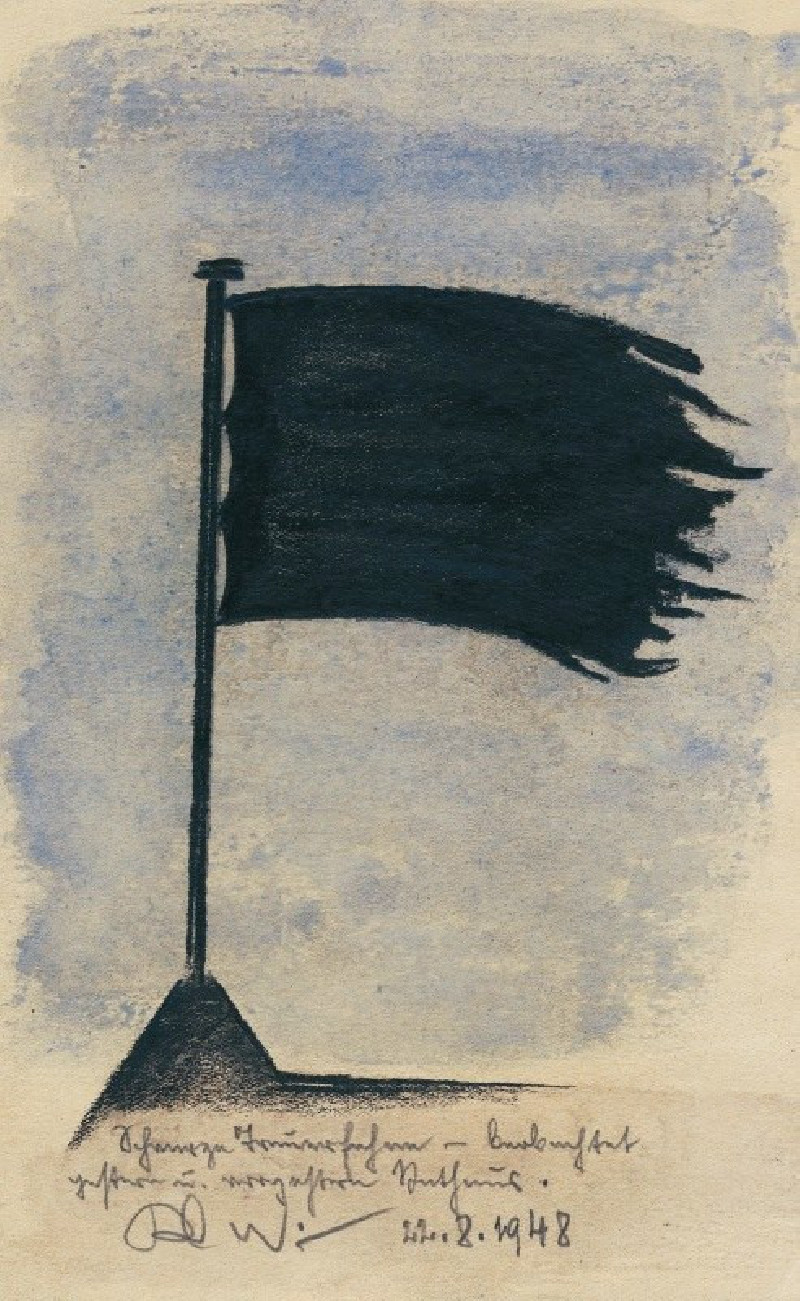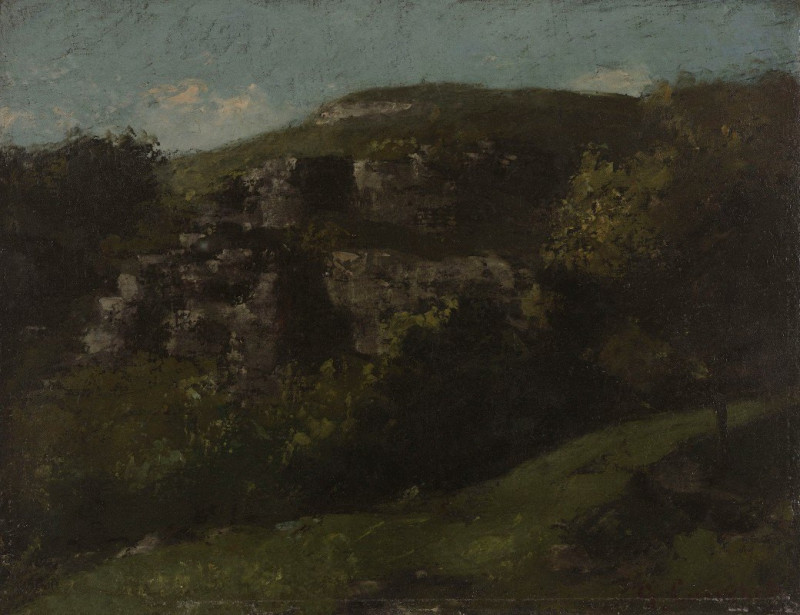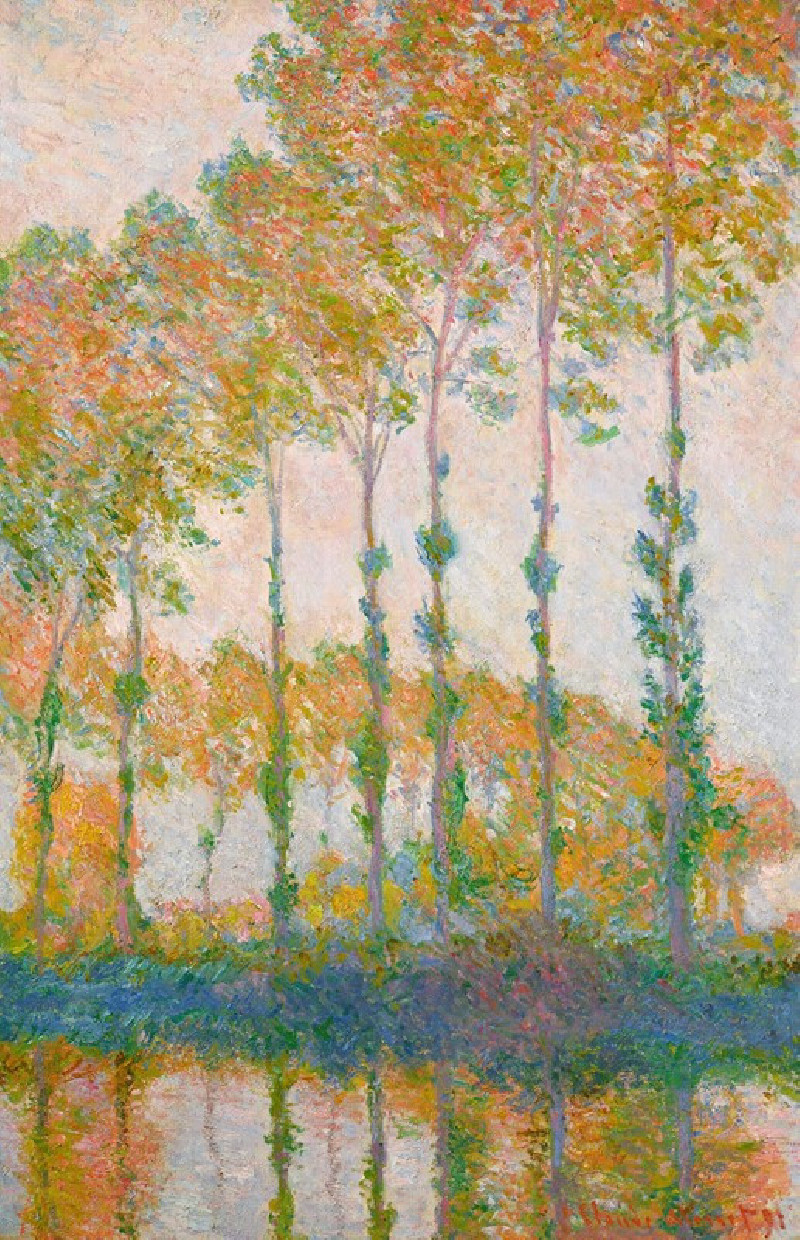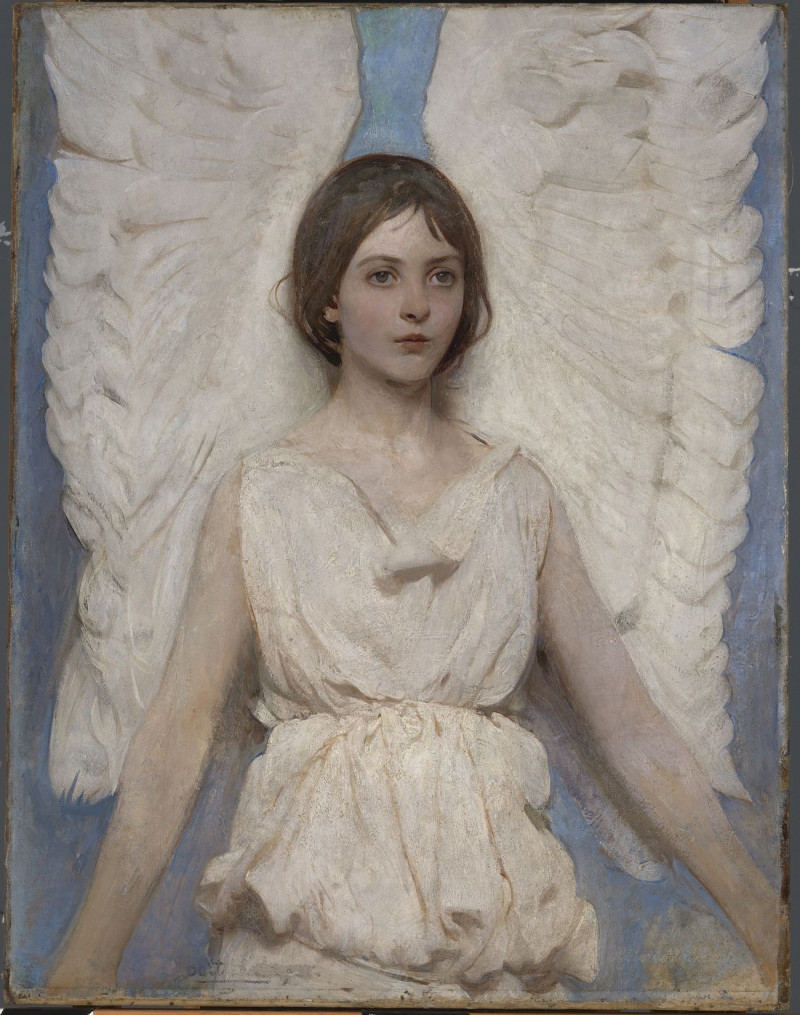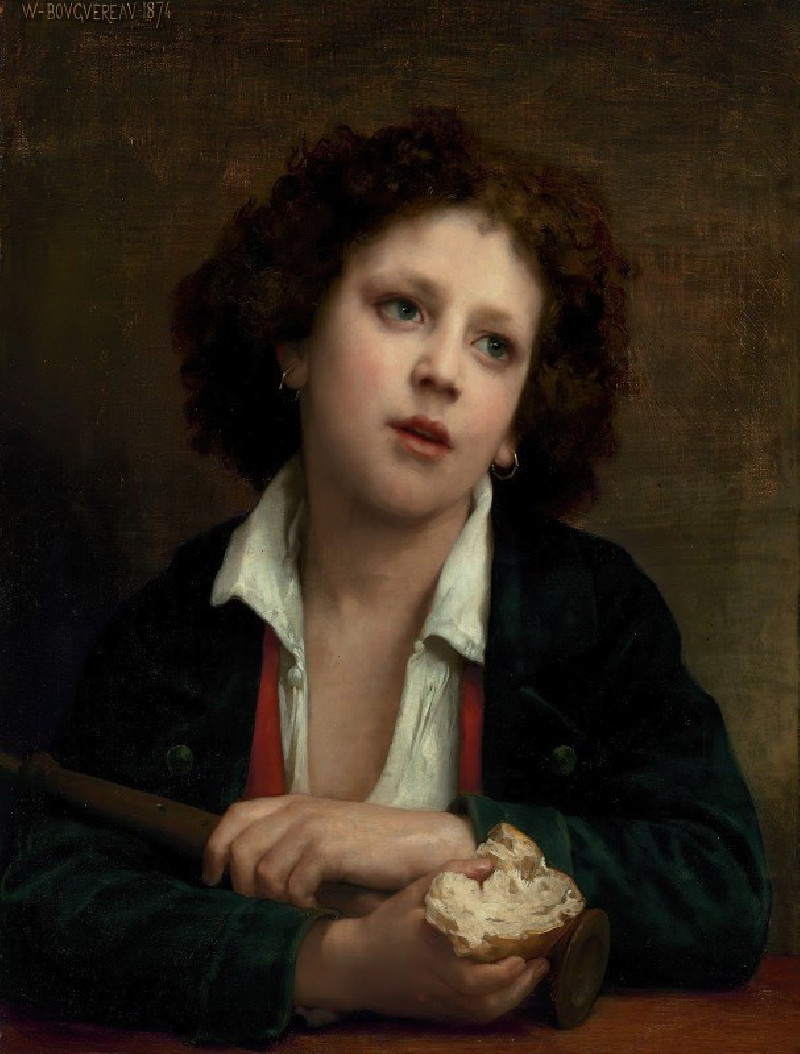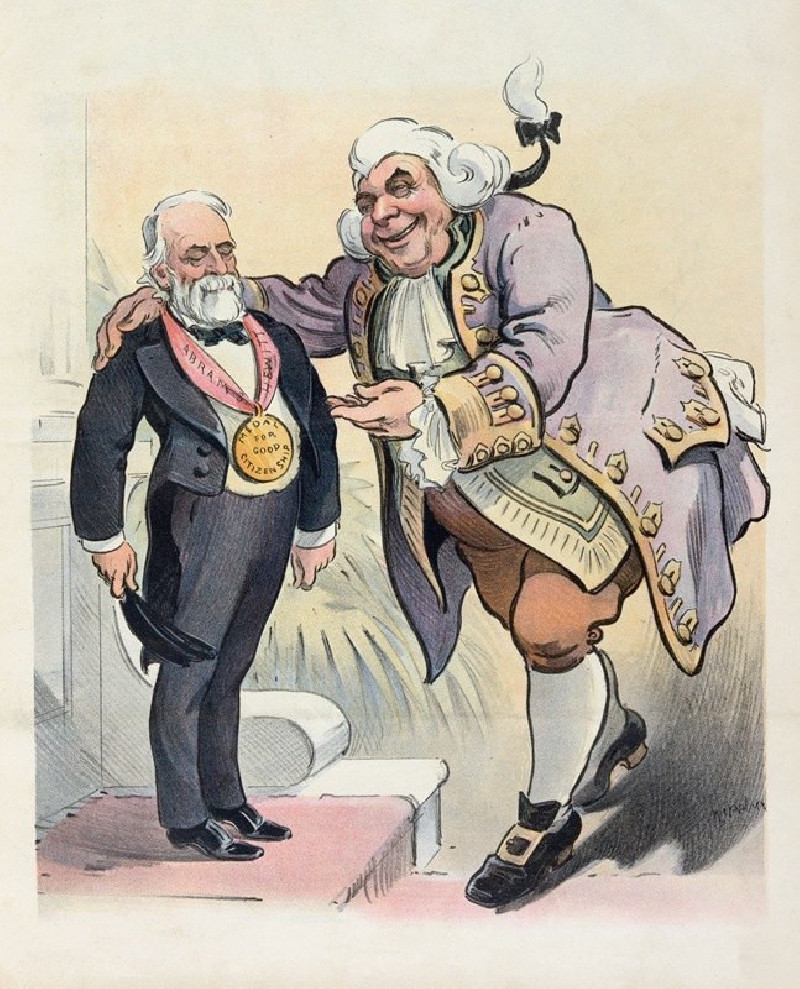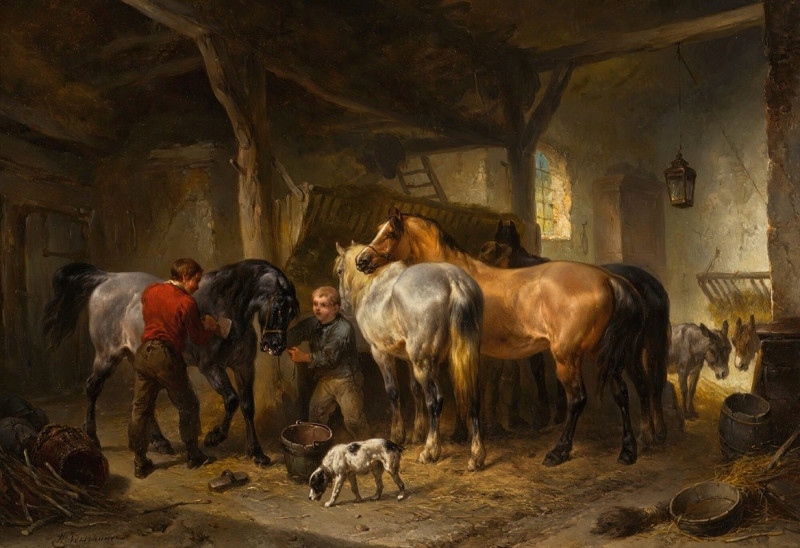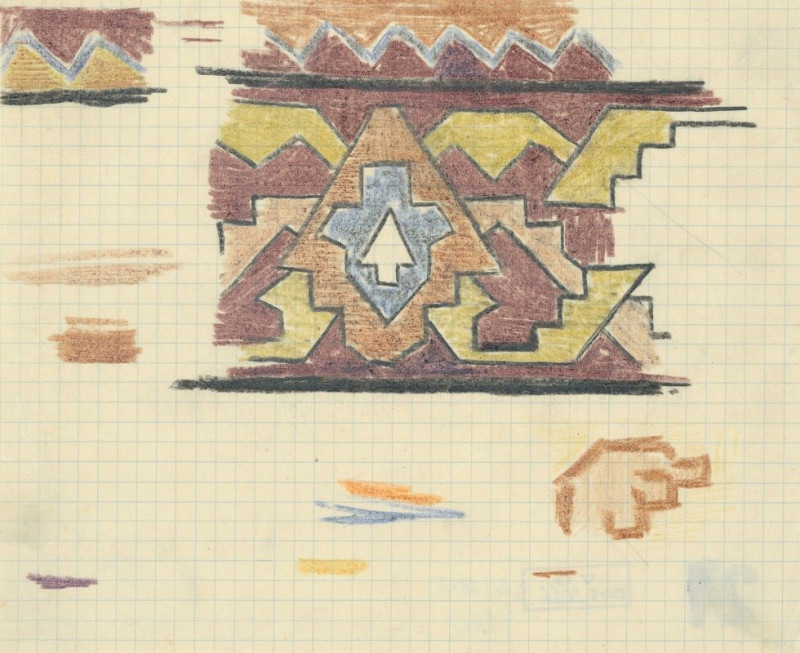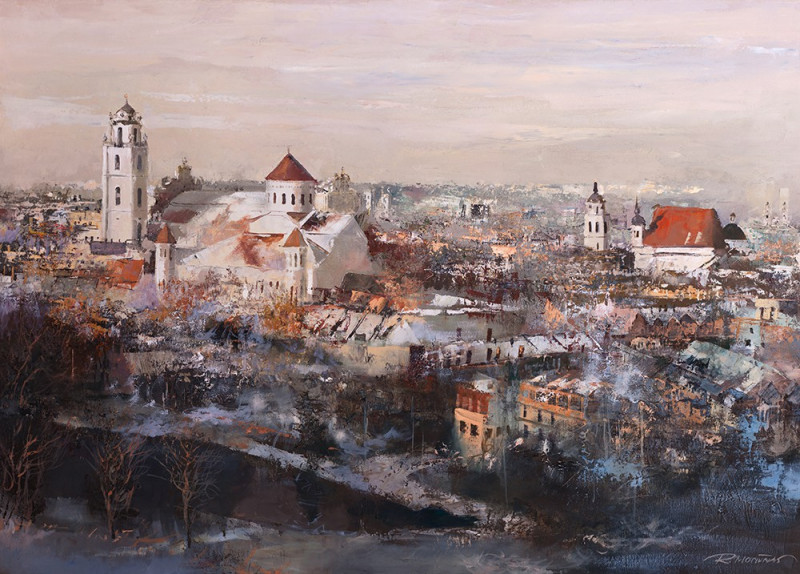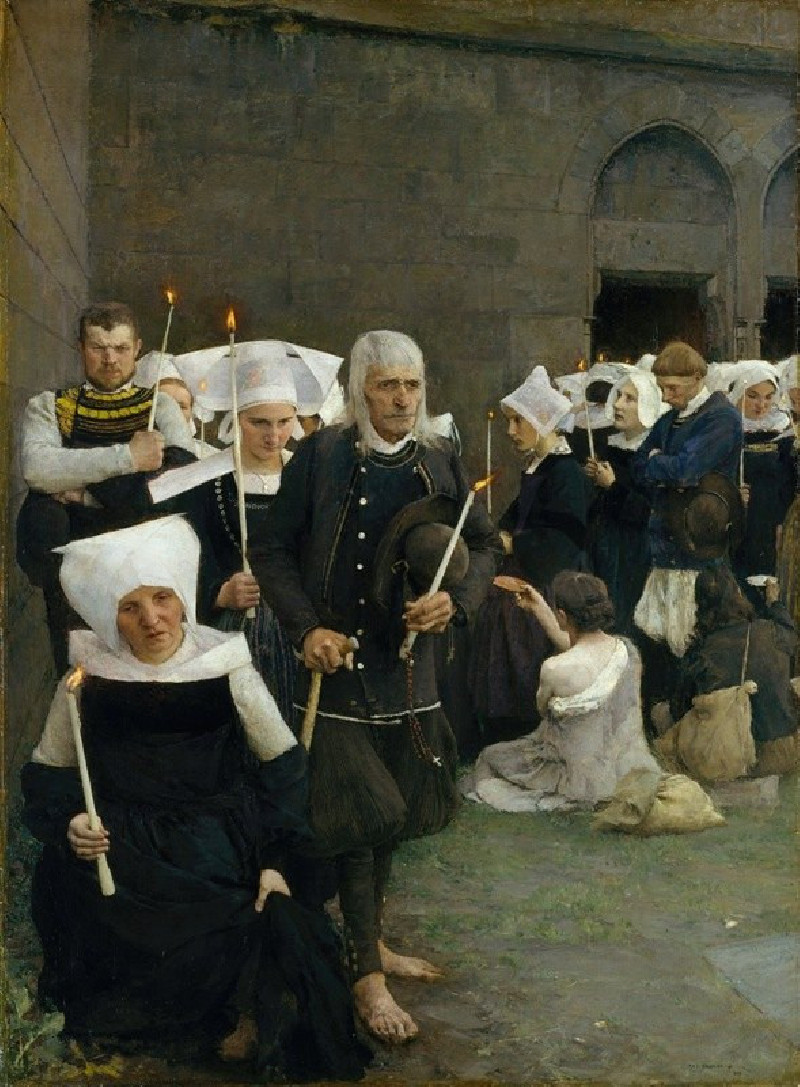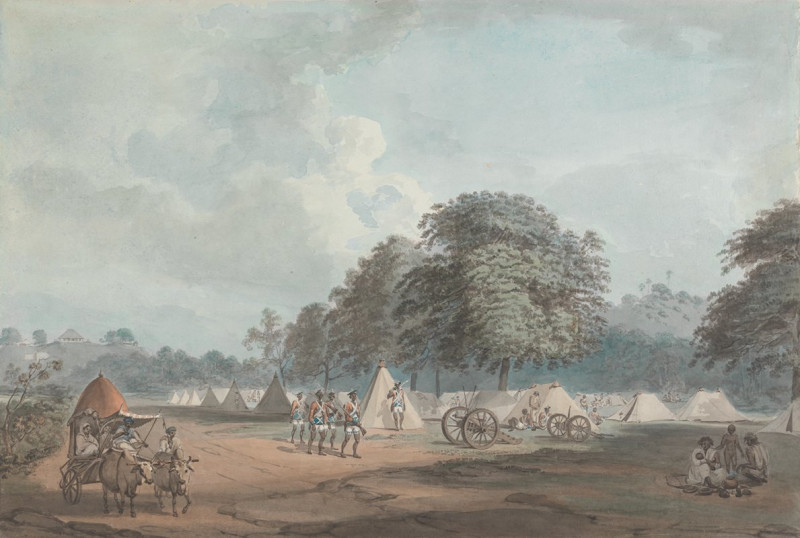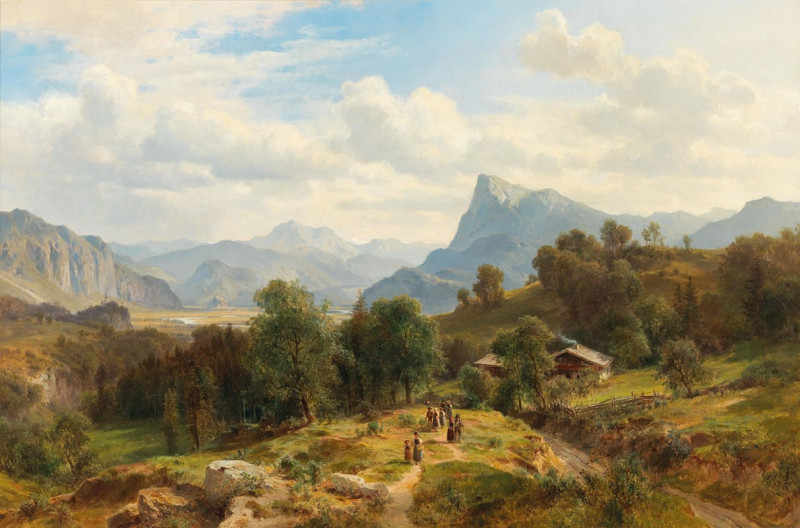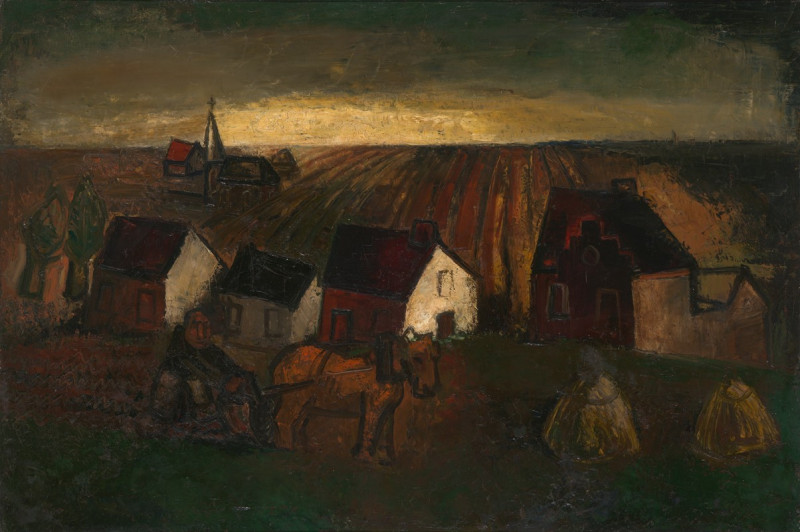Schwarze Trauerfahne (1948)
Technique: Giclée quality print
Recommended by our customers
More about this artwork
Karl Wiener’s 1948 painting "Schwarze Trauerfahne" (Black Mourning Flag) captures a poignant and somber moment through minimalistic artistry. This evocative work presents a solitary black flag, rendered against a soft, textured background that suggests a dim sky. The flag itself is depicted atop a flagpole, billowing in an unseen wind. Its ragged edges and dark color convey a sense of mourning and loss, themes often explored in post-war European art.Wiener’s choice of a simple, yet powerful image—the black flag—serves as a universal symbol of grief and mourning. Distinctively, the artwork lacks any vibrant color, sticking to a monochromatic palette that reinforces the solemn mood of the piece. The flag is not just a fabric; it’s a silent testament to the collective sorrow that swept over many in the aftermath of conflict.Below the flag, Wiener’s signature and the date of the painting are inscribed, personalizing this work and affirming its historical context and emotional significance.

